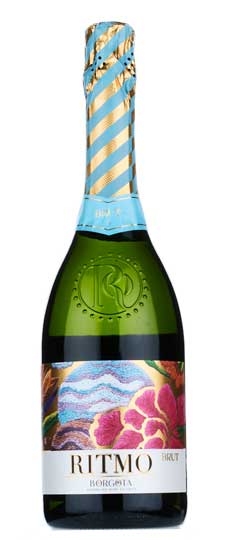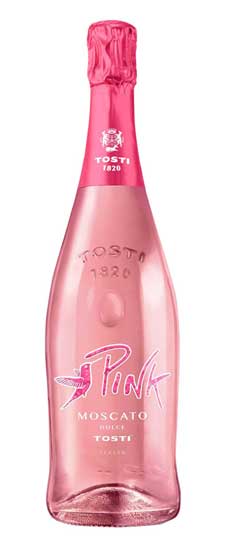Wine Score
Chilean Wine
Chile has been a wine-producing country since the first European settlers arrived in the mid-16th Century. The original vines, to make sacramental wine, were brought by Catholic missionaries directly from Spain or via Peru or California.
The Mission grape variety – known here as Pais – was widely planted during this time, and became the mainstay of country wines for domestic consumption. It is most common in Maule and Bio Bio in the south, mainly grown by older farmers making field blends, but it is beginning to feature in many high-quality bottlings.
It wasn’t until the 19th Century that viticulture began to expand in Chile, mainly due to the spread of wealth associated with mining in the Atacama Desert. European trends started to infiltrate Santiago, and a wine industry sprang up to the south of the city, around the Maipo Valley.
Wine estates were built, with the styles of both wine and architecture heavily modeled on those of France. The estate vineyards of Concha y Toro, Cousino Macul and Santa Rita were established in this time.
Throughout the 20th Century, Chilean wine was limited to the domestic market, but a push toward quality in the latter half of the century saw an uptake in the international market. Whereas Chilean winemakers had traditionally used tanks and barrels made of beech wood, in the 1980s stainless-steel tanks and oak barrels were introduced, marking the start of a technology-driven era.







